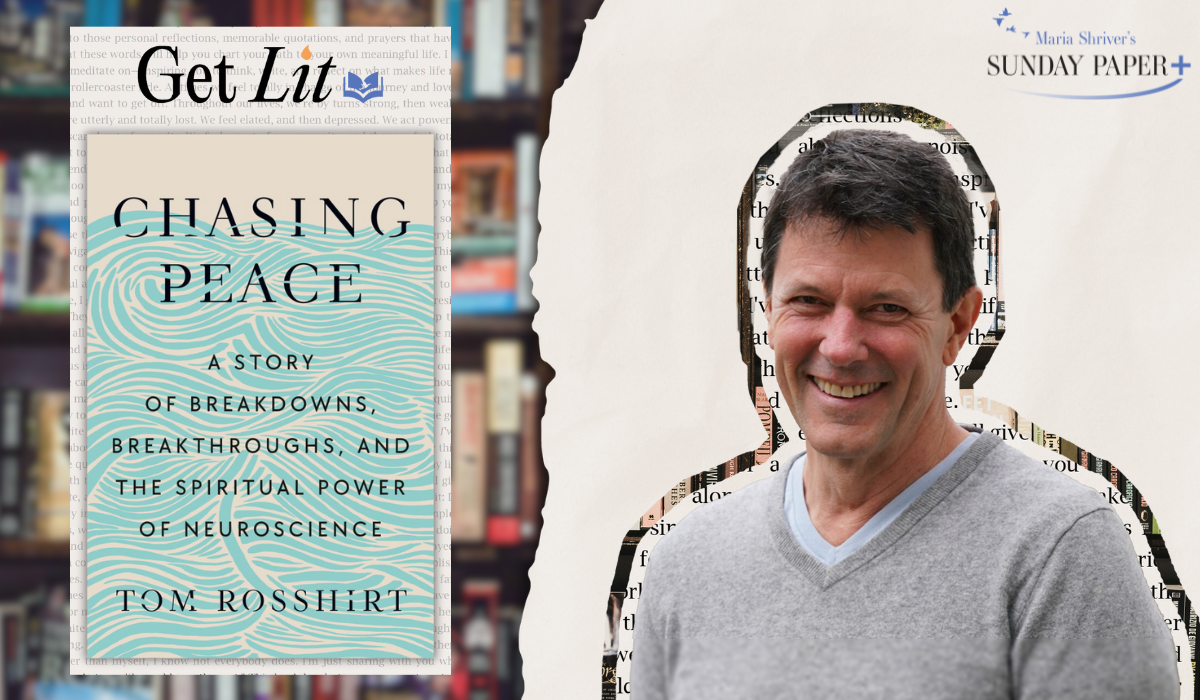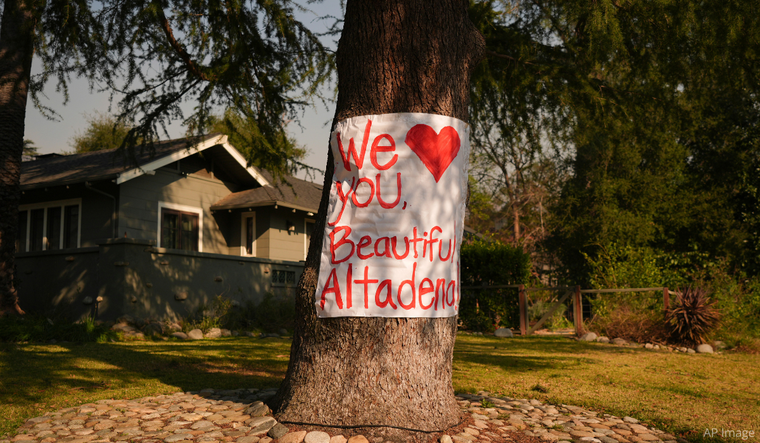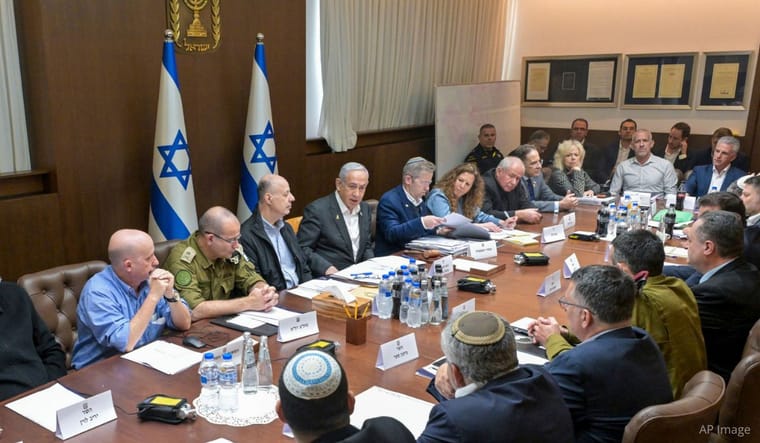Get Lit with Tom Rosshirt: An Exclusive Excerpt from “Chasing Peace”
Who
Tom Rosshirt is a former teacher, White House speechwriter, and Capitol Hill press secretary. He is the co-founder of UNITE, a co-creator of The Dignity Index, and an editor of The Call to Unite.
What
Chasing Peace is a guide for turning emotional breakdowns into breakthroughs with the insights of modern neuroscience. It's the story of a lifelong ‘seeker’ who suffered years of escalating depression and anxiety, then discovered that the latest practices from brain science offered a path to the peace he longed for.
Why
Tom says, “most of us, when we’re too young to see it, tie our happiness to a story we create about who we are. When others tell our story back to us, we get high. When they don’t, we get hurt. Before we know it, we’ve handed our happiness over to the opinions of others.”
“Inevitably, though, this story breaks down, and if we see what’s happening, we can move from the stress of being our story to the peace of being who we are—with huge gains for our physical, emotional, and spiritual health. This is the path mapped out in Chasing Peace.”
& We
…chose Chasing Peace as our Get Lit pick because in addition to being a beloved Open Field author, Rosshirt has simplified the quest of a lifetime: we find peace by becoming who we are. Enjoy!
Submit Your Questions for Tom!
SUBMIT YOUR QUESTIONS NOW
Here’s Your Exclusive Excerpt
A CRISIS OF THE WHOLE
At some point in our lives, events will not just challenge part of our self-image but throw our whole self into crisis. I became a witness to one dramatic example when I was a judge of the Cicero Speechwriting Awards, an annual competition launched years ago by David Murray, a godfather of the speechwriting field.
I’ve spent a lot of time trying to figure out why some speeches are awesome and most are not. But I never worked on the question with more intensity than during a week back in 2008, when I met with two colleagues in Washington, DC, and we sat by the Lincoln Memorial for two days, reviewed twenty-five speeches written over twenty-five centuries, and tried to answer the question, “What makes a speech great?”
The answer we came up with is—we don’t know.
But we did conclude a few things: The speeches that outlasted their eras made powerful use of three elements: trust, argument, and request. And these three are interrelated. If trust is low, you’d better have a good argument. If you have a good argument, you can make a big request. And if you want to make a bigger request, it helps to have a lot of trust.
Of the three, the most important is trust. If trust is high enough, you can skip the argument and go straight to the request. Ponder that—trust can get you what you want without any argument. And if trust is really high, you can make a huge request.
That’s more or less where my insight settled for six years until early 2014, when a friend of mine sent me the TED Talks of Brené Brown. At that point, I had never heard of Brené, but I was instantly astonished by her ability to compress years of social-science research into clear, succinct, pivotal insights. Here are three:
As I pondered these truths, the idea jumped at me—vulnerability is also the birthplace of trust! And then I understood conceptually, in a way I could finally communicate, why one speech that was entered in the competition in 2013 was the runaway winner of the contest.
Speechwriter Sarah Gray submitted the talk, which she had written with army veteran Neil Colomac. Neil was with the 864th Engineer Battalion of the US Army in Afghanistan in 2007, when he suffered a traumatic brain injury from the explosions of two IEDs, spaced three weeks apart. The speech was Neil’s story of his injury, crisis, and recovery.
After the second blast, Neil was medevaced to a Bagram hospital, where he had a grand mal seizure. One minute he was outside drinking a bottle of water, and the next minute, he was lying in the dirt. The doctor told Neil that seizures can be caused by traumatic brain injuries, and he sent Neil to Germany for more tests, then back to the United States to recuperate.
“I was expecting to heal and then come back to Afghanistan,” Neil said in his speech. “My unit was short-staffed. They really did need me. I felt a personal responsibility for the operation and a bond with the other soldiers. I just wanted to heal as fast as I could and get back there to help.”
It didn’t work out that way.
“After about seven or eight months of doctor appointments, I heard the four words that broke my heart and changed my life forever. Not. Fit. For. Duty.”
The words devastated him. And he was in denial. He thought about his exemplary service, his marksmanship, his award as Engineer Soldier of the Year. He hoped they would see his record, make an exception, and let him go back.
“I could still patch someone up,” he said. “I can still carry a soldier away from danger.”
“On the other hand, I understood . . .”
“You can’t hold a gun if you have seizures.”
“You can’t drive a Humvee if you have seizures.”
“You can’t protect your fellow soldiers.”
“In fact, you are a danger to them.”
“You are: not fit for duty.”
This is the core of a crisis—a wave of unbearable pain brought on by a shift in the way we see ourselves in the world. We swing from “I know what I’m doing” to “I don’t know what I’m doing.” From “I need to get back to the way things were” to “I’m never getting back.” From “I can protect my fellow soldiers” to “I am a danger to them.”
So, Neil looked for work as a civilian. But because of his seizure disorder, he couldn’t drive, he couldn’t use a chain saw or power tools, he couldn’t walk on roofs or scaffolding. And he needed income immediately. He and his wife were having a new baby.
He sent out two hundred résumés, and he heard nothing for five months.
He and his wife cut down expenses. Started using credit cards to pay for essentials. Racked up huge debt. And he prayed every night, “Lord, please let me provide for my family.”
Finally, tears of joy for a job at Sears—at minimum wage.
A start.
Then, he said, “What happened next is something I think was meant to be.”
By chance, in processing a customer order, he met a man whose company operated the central issue facility at Fort Lewis in Washington State. He told Neil that his company hires people with disabilities, handed him his business card, and said, “Come in for an interview tomorrow.”
Neil got a new job on the spot—processing and issuing parts received for the repair of military vehicles. Then he got a promotion, then another. He got a three-bedroom home near the base where he could walk to work. He and his wife paid off their credit cards. They added a third son to the family. They had the room and the income to invite another family member to come live with them.
Neil gave this talk and told his story to a group of vets in Washington, DC, who had been wounded in war, and got jobs from the same program to employ wounded warriors. Neil was asked to give a speech to pump the troops up before they talked to members of Congress to ask them to keep funding the program that employed them.
“We could just complain about how hard it was to get a job,” Neil told the wounded vets, “how difficult it is to have a disability, how unfair life can be. But instead, we are making it easier for the next person who comes along.”
This speech was the clear contest winner. It was the story of a man who had suffered a life- changing injury, could no longer do the things that formed the core of his self- regard, moved through the crisis with courage and humility, and then talked of his weakness to inspire strength. The power of the speech was in the vulnerability—letting down the mask and letting himself be seen at his weakest. It was the difference between showing the audience a polished self- image and showing people what’s inside when the self-image fails.
It gave his talk the power of a private conversation and the feel of personal friendship. He did more than make me trust him; by the end of his talk, he had made me love him—and he did it by giving up the tricks and masks we use to get love.

From CHASING PEACE by Tom Rosshirt, to be published on January 21, 2025 by The Open Field, an imprint of Penguin Publishing Group, a division of Penguin Random House, LLC. Copyright © 2025 by Tom Rosshirt.
Please note that we may receive affiliate commissions from the sales of linked products.




